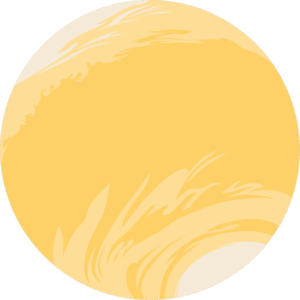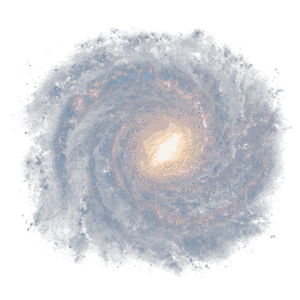The Downlink • Jun 09, 2023
The scientific truth is out there
You love space, now take action
This weekly newsletter is your toolkit to learn more about space, share information with your friends and family, and take direct action to support exploration. Anyone can subscribe at planetary.org/connect to receive it as a weekly email.
Mission Briefings


The Psyche mission is officially back on track. The mission to the metallic asteroid of the same name faced major setbacks causing it to miss its original launch date in 2022, but NASA has stated that the mission team has been making outstanding progress and the spacecraft (pictured here in a facility at NASA’s Kennedy Space Center) is expected to meet its new launch date in October 2023. Image credit: NASA/Ben Smegelsky.

If you’re a student inspired by Psyche, NASA wants to hear from you. The Psyche Inspired program brings undergraduate students from any discipline or major together to share the excitement, innovation, and scientific and engineering content of NASA’s Psyche mission with the public in new ways through artistic and creative works. Applications for the 2023-2024 academic year are now open.

Want to send your name to Europa? You’re invited to add your name to NASA’s Europa Clipper mission before the spacecraft begins its journey to Jupiter’s moon in October 2024. The names will fly along with an original poem by U.S. poet laureate Ada Limón.

Everyone knows that fried food is the key to happiness, even for astronauts. Researchers from the University of Thessaloniki in Greece have found that it’s possible to fry food in microgravity, meaning future astronauts could get to enjoy the ultimate comfort foods while exploring the Cosmos.
From The Planetary Society


Are aliens real? While UFOs and little green men aren’t given much weight by space scientists, the search for life and extraterrestrial intelligence are very real fields of scientific interest. From possible microbial life to technological signals, here’s what might really be out there and how we’re looking for it. Pictured: A tardigrade, a microscopic Earthling that may more closely resemble the kind of life we expect to find on other worlds. Image credit: Philippe Garcelon.

If intelligent aliens are really out there, should we be trying to contact them? Astronomer Dr. Jacob Haqq Misra argues that it’s impossible to know whether it would be helpful or harmful to humanity to make contact with a technologically advanced alien civilization. In the latest episode of Planetary Radio: Space Policy Edition, he explains why this is and what the policy implications of that uncertainty might be.

Following your passion for space can take many forms. In Sarafina El-Badry Nance’s book Starstruck: A Memoir of Astrophysics and Finding Light in the Dark, she talks about her emotional and inspiring journey to becoming an astrophysicist. She joined this week’s Planetary Radio to talk about the book and the powerful role space science can play in overcoming life’s challenges.

You can help power the work of asteroid hunters around the world. The Planetary Society’s Shoemaker Near-Earth Objects grant program funds astronomers from around the world to find, track, and characterize potentially dangerous asteroids. We need your support now to continue this essential program. Make a gift today to ensure our planet is well defended from the asteroid threat.
What's Up

In the evening sky, Venus shines super bright high in the west. Reddish Mars is getting closer to Venus, looking dimmer. In the predawn sky look for Saturn high in the east, with Jupiter shining bright lower to the eastern horizon. Find out what else to look for in June’s night skies.
Wow of the Week

Europa is one of the places in our Solar System most likely to be capable of hosting life. Planetary scientist and space artist Jamie Molaro created this depiction of Europa based on a Voyager image of the Jovian moon. “The image was processed into layers by color, and each was cut from a sheet of matte or metallic paper,” said Jamie. “The surface of Europa is completely covered by water ice, providing the blue and cream colors in the piece. Europa is also covered by a global network of tectonic fractures, which are copper-colored due to the rain of sulfuric acid that is deposited on the surface from the nearby volcanic moon Io. Underneath the ice, a global ocean resides.” You can read more about Jamie’s process and, if you live in the area, sign up for her space art workshop in Pasadena taking place July 14-16. Image credit: Jamie Molaro
Send us your artwork!
We love to feature space artwork in the Downlink. If you create any kind of space-related art, we invite you to send it to us by replying to any Downlink email or writing to [email protected]. Please let us know in your email if you’re a Planetary Society member!


 Explore Worlds
Explore Worlds Find Life
Find Life Defend Earth
Defend Earth



